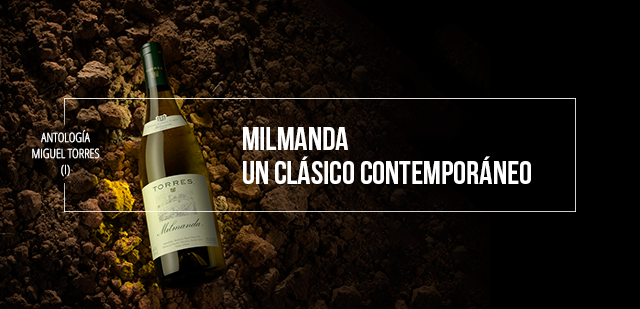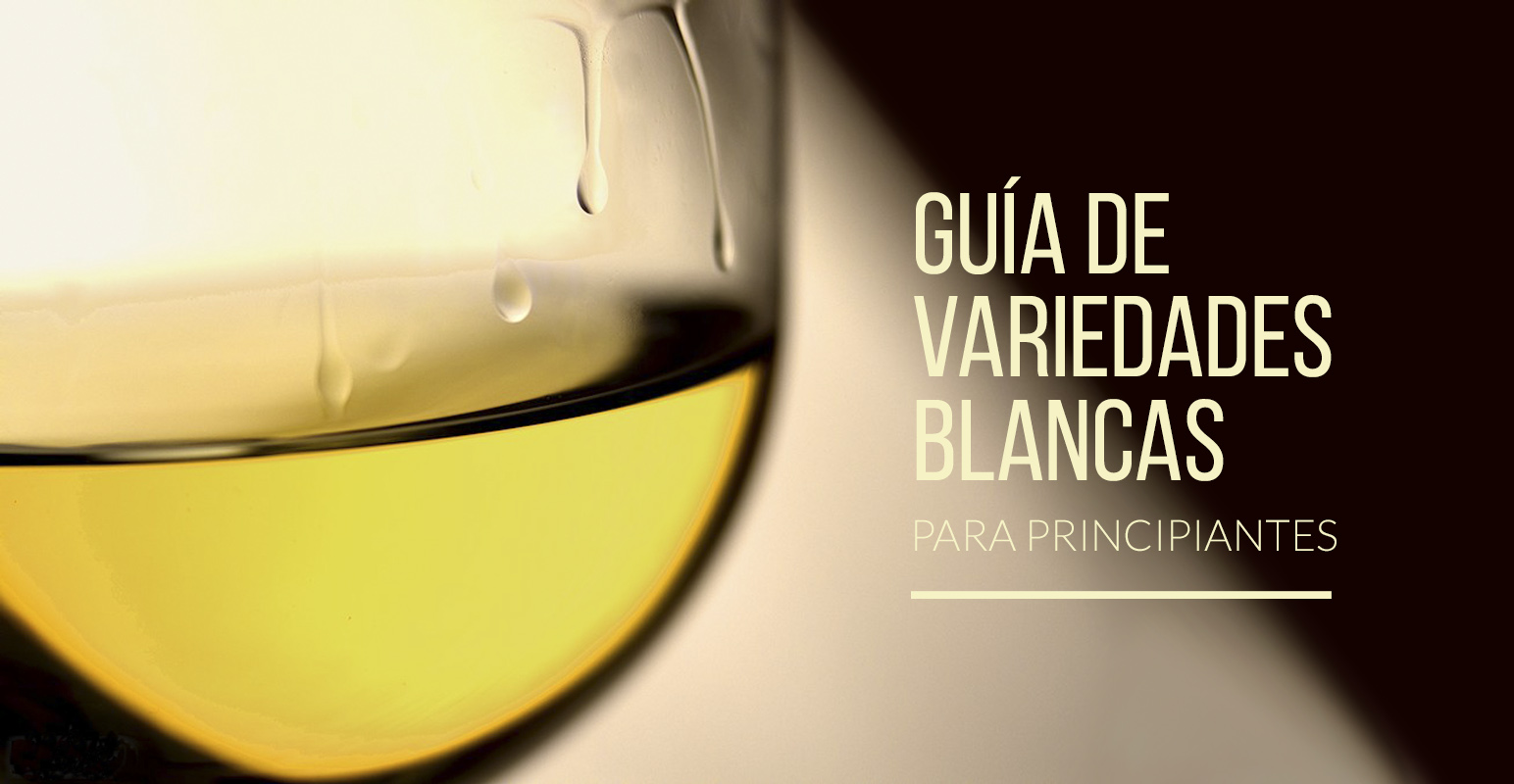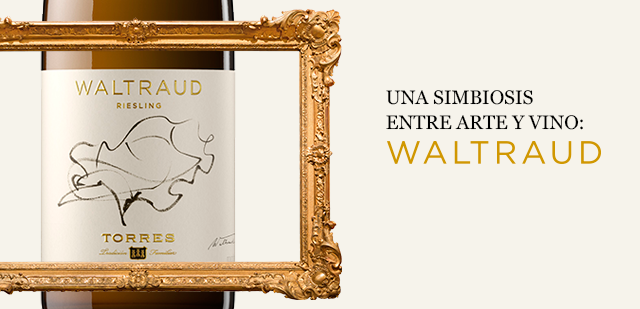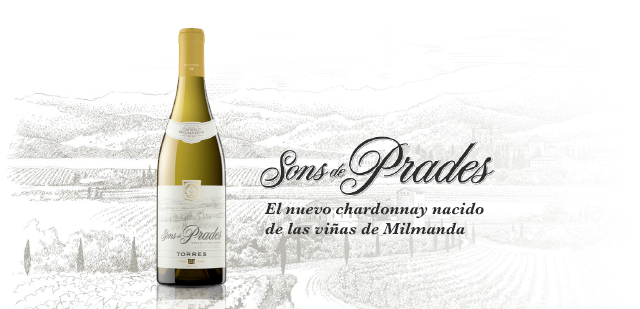Antología Miguel Torres (I): Milmanda.

Milmanda is no ordinary varietal, transcending its category to become a new contemporary classic in its own right. Backed by a string of national and international awards and the invaluable support of its loyal customers, Milmanda represents an exciting challenge on an enological and human level, vintage after vintage.
5 FACTS ABOUT THE CONCA DE BARBERÀ APPELLATION OF ORIGIN
Milmanda is born and bred in Conca de Barberà, a region with a remarkable monastic winegrowing heritage and a climate well suited to the noblest varieties in the ampelographic universe. And there's more:
1. Along with the DOC Priorat and DOP Montsant, it is one of Catalonia's historical wine regions where the cultivation of grapevines dates back to the expansion of the Cistercian Order.
2. The vineyards of Conca de Barberà stretch across more than 10,000 hectares and produce about 200,000 hectoliters of wine per year.
3. Although the region reaps the benefits of its proximity to the Mediterranean Sea, it experiences the severity of a continental climate with very hot, dry summers and very cold winters.
4. Conca owes its geological makeup to the erosive action of the Francolí river and its tributary, the Anguera, which have willfully shaped the region's landscape for millennia, carving a river valley between mountain ranges: the Montclar, Codony and Comalats ranges to the north and the Prades mountains to the south.
5. Traditional varieties (Tempranillo, Garnacha, Parellada) grow alongside exemplary international cultivars of Cabernet Sauvignon and Chardonnay.
[[{"fid":"8579","view_mode":"default","fields":{"format":"default","field_file_image_alt_text[und][0][value]":false,"field_file_image_title_text[und][0][value]":false},"type":"media","link_text":null,"attributes":{"height":410,"width":614,"class":"media-element file-default"}}]]
MILMANDA: THE REALM OF CHARDONNAY
Located along the Cistercian Route at an elevation of 500 meters, the Milmanda estate is nestled into the foothills of the Prades mountains. It includes a fortified farm crowned by an imposing keep which overlooks 15 hectares exclusively planted with Chardonnay.
Milmanda was part of a route of medieval castles and fortified farms that sheltered Christians during the period of the Reconquista. The 12th century brought peace and a return to winegrowing.
It isn't easy to stand out in the wide universe of great Chardonnays, and here is where climatic and cultural conditions really make a difference. Once again terroir becomes an identity-defining factor.
But what exactly defines the terroir of our vineyards?
[[{"fid":"8580","view_mode":"default","fields":{"format":"default","field_file_image_alt_text[und][0][value]":false,"field_file_image_title_text[und][0][value]":false},"type":"media","link_text":null,"attributes":{"height":418,"width":627,"class":"media-element file-default"}}]]
- Culturally speaking, the legacy of the monastic orders that expanded wine culture and perfected winegrowing techniques laid the foundations for what is now a conscientious and innovative form of viticulture. It draws the best from a land that is often challenging and difficult to farm.
- The climate is harsh and typically continental, defined by long, hot, dry summers and cold winters. However, the influence of the nearby Mediterranean Sea tempers conditions that also favor the variety, because the south-facing vineyard receives more hours of sunlight.
MILMANDA: THE WINE
- As we've said before, in Milmanda we seek a deeply intense nose with pronounced floral (honeysuckle), white and stone fruit (pineapple, peach and citrus) notes layered over unmistakable yeast-like undertones of toast and spices acquired during the wine's special oak aging.
- The wine is generous on the palate. Structured and complex, it takes our palates on a journey that begins with the freshness of its fruit, briefly lingers on mature notes of toast bread, smoke, coffee and spices to then culminate on a sensory high note where its varietal essence returns on the long, full finish.
- The way it quietly and patiently matures in the bottle is simply astounding. After five or six years, its creamy texture precedes a sensation of ripe fruit, and echoes of elegant truffles appear on the scene.
- Milmanda appreciates the company of good food. In its younger incarnation, the wine makes for an exquisite match with firmly textured fish like monkfish or turbot, as well as all kinds of fowl.
- Once more mature, the presence of truffles and other reductive notes welcome fattier meats and casseroles with white or mushroom sauces.
[[{"fid":"8581","view_mode":"default","fields":{"format":"default","field_file_image_alt_text[und][0][value]":false,"field_file_image_title_text[und][0][value]":false},"type":"media","link_text":null,"attributes":{"height":468,"width":648,"class":"media-element file-default"}}]]
Over the years (and vintages), Milmanda has moved away from the notes imparted by malolactic fermentation to emphasize a more overt and purer varietal expression that brings freshness and personality to the wine. This evolution has sought an anchor in Milmanda's unique identity to distinguish the wine and cement its position in a globalized world that tends toward enological sameness.
Let's raise a glass to being different.
Bibliography:
- Diccionario Salvat del Vino. Mauricio Wiesenthal, published by SALVAT
- http://www.doconcadebarbera.com/es/



